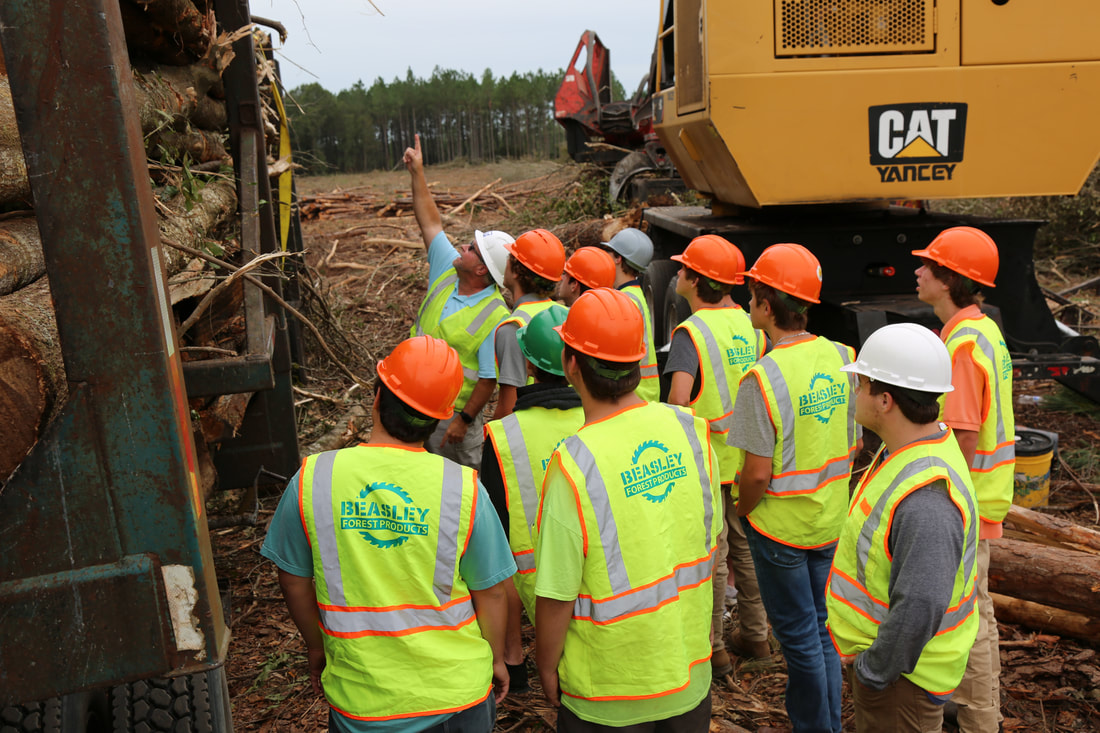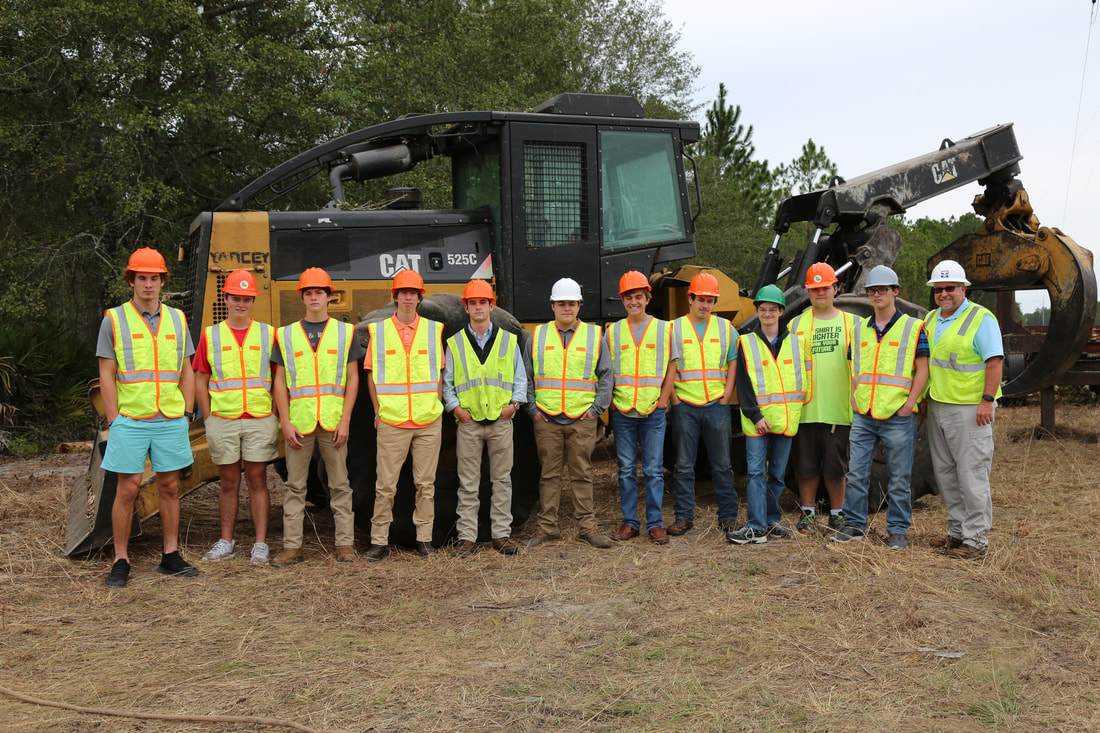Help Is on the Way
Many Hands Are on the Wheel to Solve a Log Trucking Crisis in the State
By: Ray Glier
February 20, 2019
Photography courtesy of Lauralee Tison/Coastal Pines Technical College
February 20, 2019
Photography courtesy of Lauralee Tison/Coastal Pines Technical College



